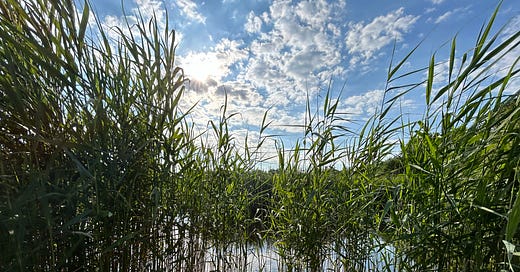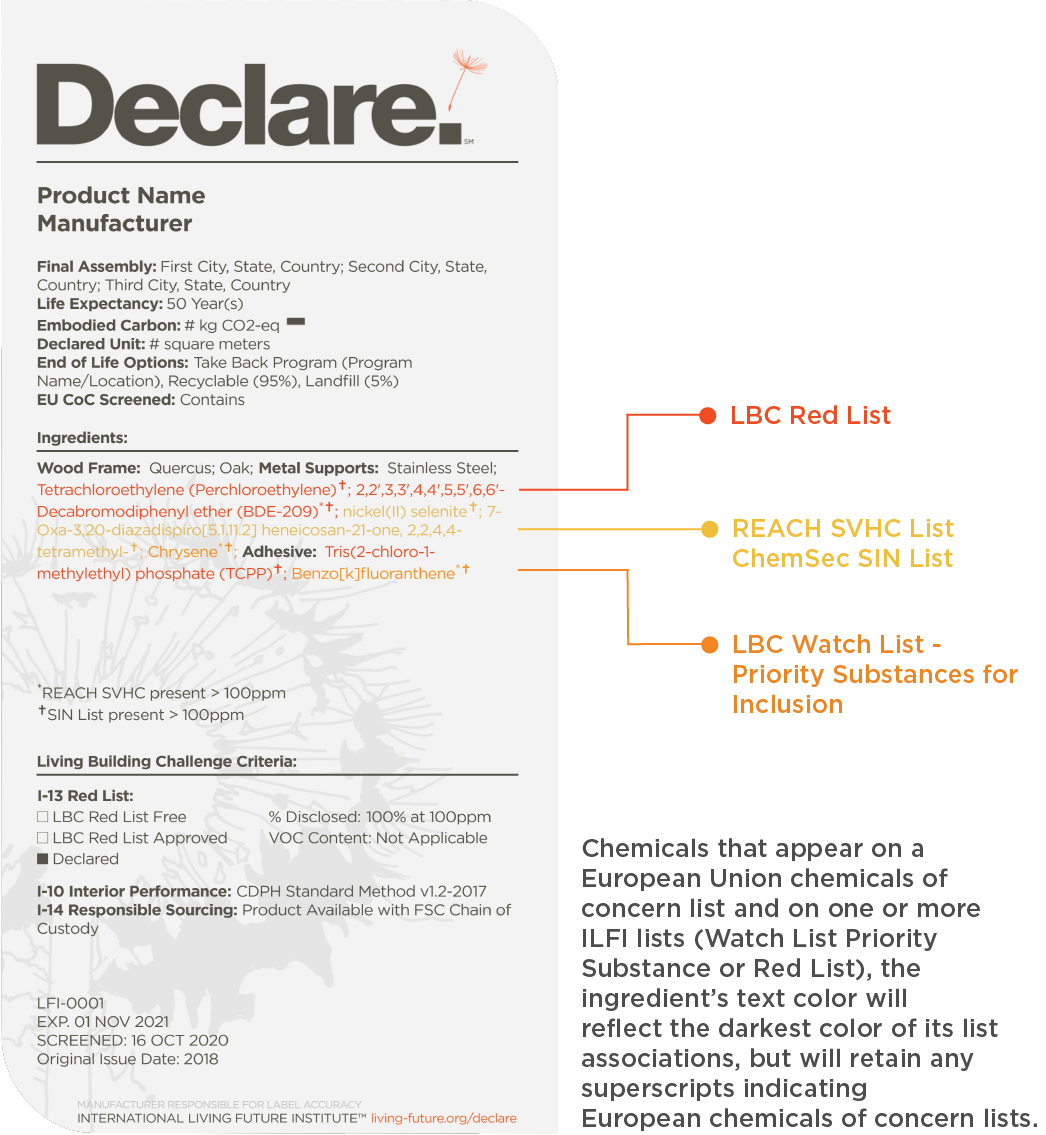Healthy Materials: Vital to Biophilic Design
Could we be masking toxic materials with biophilic design?
Welcome to, and thank you for reading Regen/Notes
Healthy Materials Vital to Biophilic Design
‘The materials we build with can affect our wellbeing as much as the food we eat, the water we drink and the air we breathe.’ (Health Building Network)
Whilst we are now recognising the potential benefits of biophilic design for work, living, health and education spaces, we must not fall into the trap of seeing this as a sticking plaster to cover poor and unhealthy building design. If we have incorporated any toxic materials into the building (e.g. formaldehyde, PVC or VOCs), or more often into the fittings and furnishings (formaldehyde glues, phthalates, fire retardants) then no measure of biophilic design can truly compensate. ( Natural Connections: Biophilic Birthplace Design Martin Brown + Tracy Cooper in Squaring the Circle 2019)
Time to Declare
Join us in London on the 11th of July for our Declare London event hosted by Humanscale in Clerkenwell. You will hear from Living Future Europe on Declare and the ILFI Red List that has influence far beyond those undertaking the Living Building Challenge or Living Product Challenge. In engaging panel conversations you will also hear from leading built environment organisations on why material transparency is vital in achieving todays sustainability, regenerative and wellbeing imperatives (… and I will be posing the question “could we be masking toxic materials with biophilic design)
A Declare Label Answers Three Questions: Where does a product come from? What is it made of? Where does it go at the end of its life?
Declare is a transparency platform and product database changing the materials marketplace. It is designed to help specifiers quickly identify products that meet their project requirements. Declare labels disclose all intentionally added ingredients and residuals at or above 100ppm (0.01%) in the final product by weight. Each ingredient must be reported with a chemical name, CAS number, and percentage or percentage range.
Green over Gray
‘Every building is an intrusion into the plant kingdom and is a challenge to nature: we must devise an architecture that stands as the embodiment of a covenant of reconciliation between nature and construction, designing buildings so intrinsically connected to the surrounding environment that they cannot be separated from each other,’ architect Emilio Ambasz, revered globally as the ‘father, poet, and prophet of green architecture.’
The Green Over Gray documentary follows the life and work of Argentinian architect.
Future Generations
The built environment design decisions we make today, have been made over the recent decade and no doubt will make into the future, will severely impact the health of our planet, nature and future generations. This review comment of Private Rites by Julia Armfield in the Guardian below resonates so well with the responsibilities we hold.
It’s been raining for a long time now, for so long that the lands have reshaped themselves. Old places have been lost.
Do individual losses still matter in a world in its final stages?
This is the question asked by Agnes, Isla and Irene, three queer, volatile daughters who congregate uneasily to view the corpse of their divisive, megalomaniac architect father Stephen Carmichael, while the rain pours down outside - as it has poured down for several years. Carmichael is both a contributor to this state of affairs - his gleaming masterpieces defied the early signs of climate crisis - and a saviour for the rich.





